
4-Xtremes – Part 69: On the old gravel road to the animal paradise
Series: 4-Xtremes – The World Tour
Argentina’s Atlantic coast can be monotonous. Unless you do some research. Then you discover extinct animals – and plenty of living ones! And a largely forgotten road that is worth every kilometre.
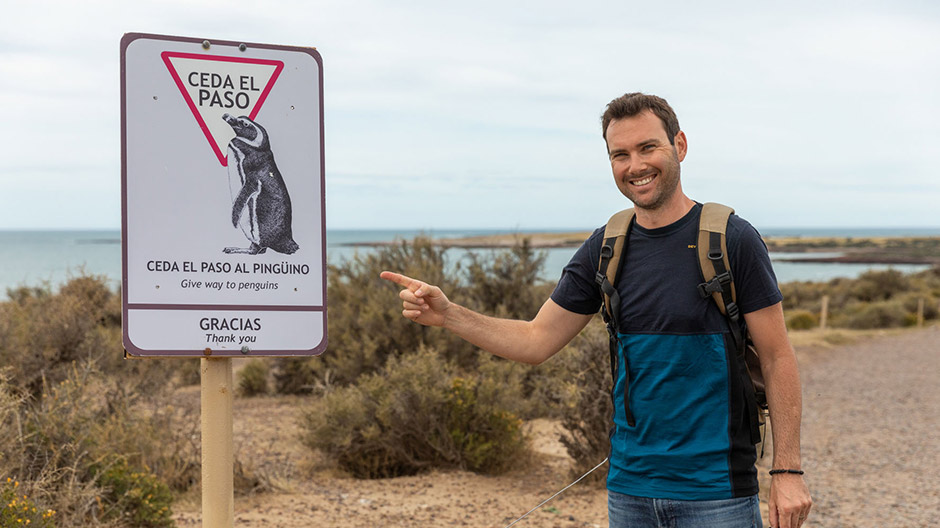
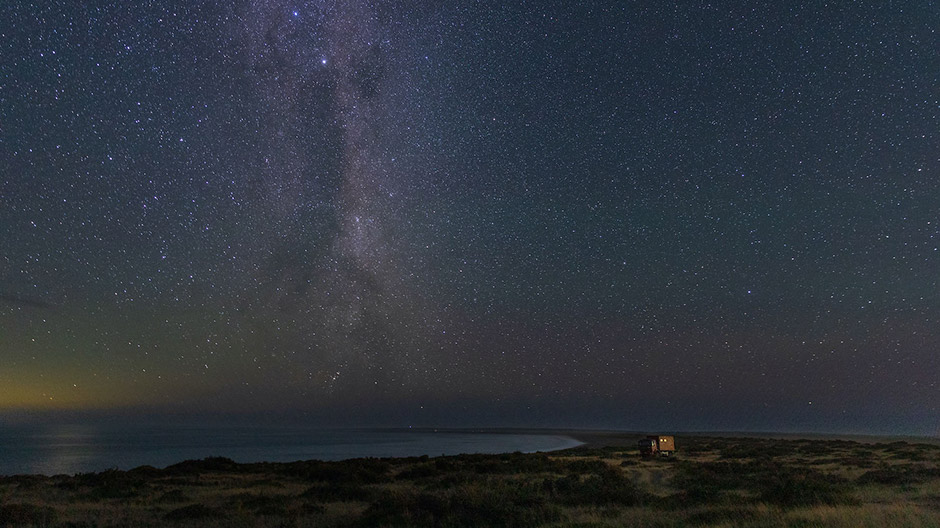
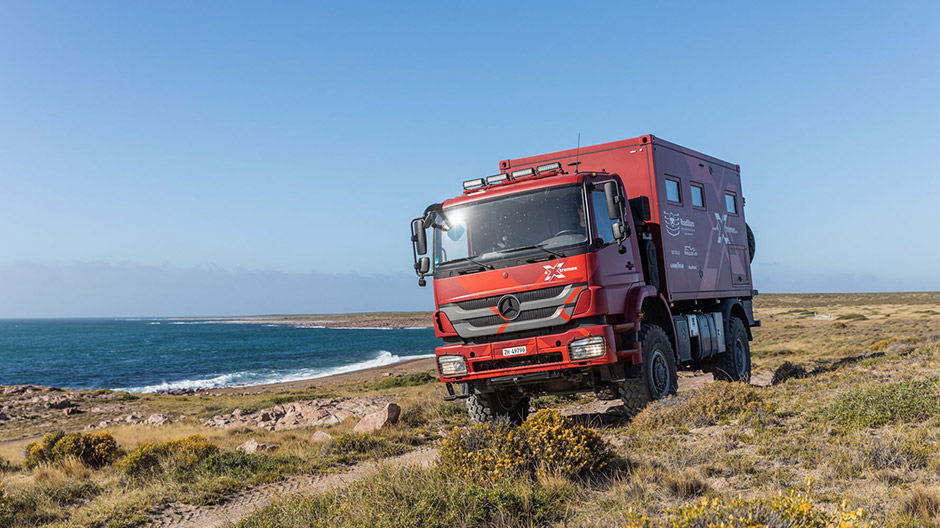
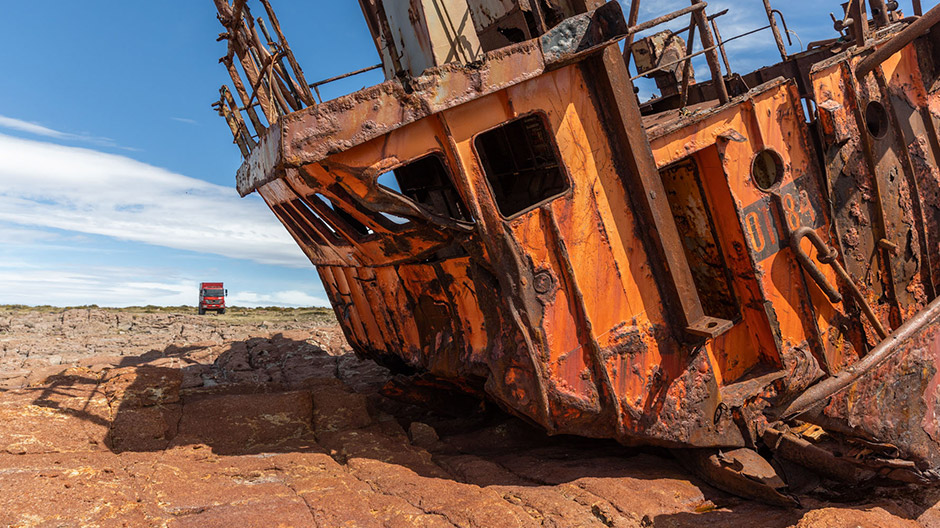
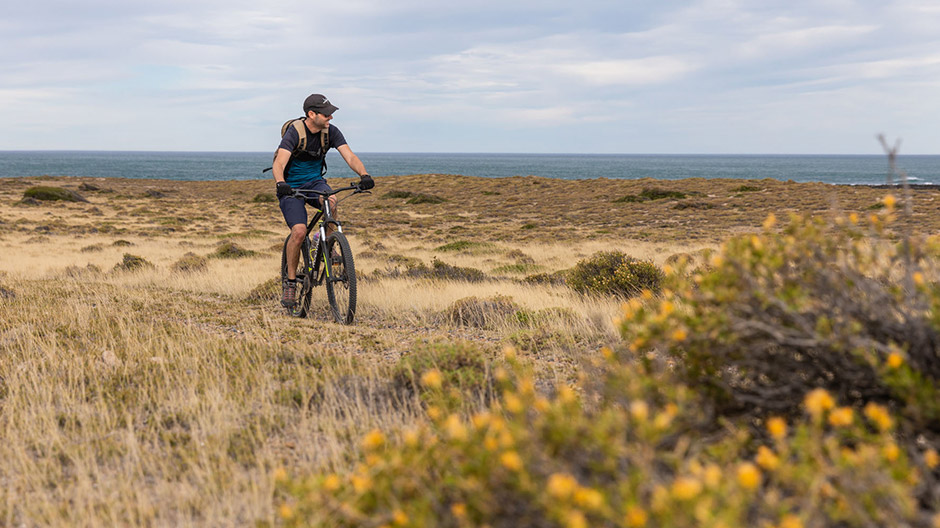
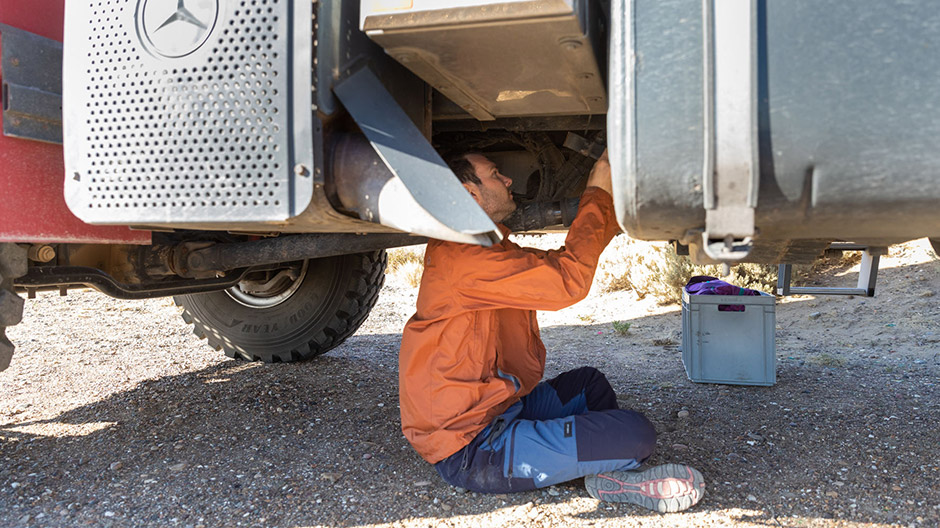
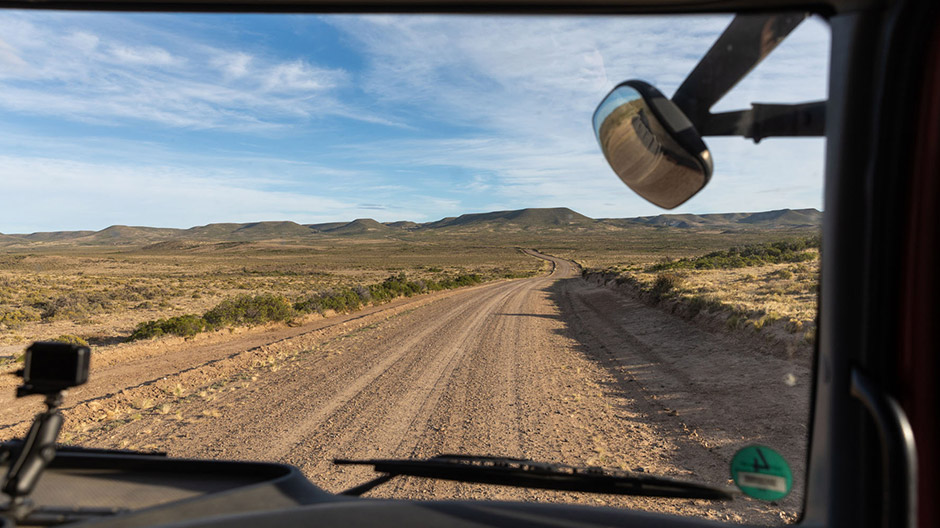
Trelew lies on the main Ruta 3 road in the valley of the Chubut river – coordinates: 43°15′S 65°18′W. The very unusual name for South America is derived from the Welsh settlers who built the town in the 19th century: “tre” stands for “village”. The buildings at the city’s main square – which now has a population of almost 100,000 – take us back to that time.
Trelew’s biggest attraction, quite literally, was discovered in 2013: a dinosaur skeleton that is considered the world’s most formidable. The Patagotitan mayorum was approx. 40 metres long and weighed 70 tonnes. A replica of the skeleton can now be admired out in the open. In order to display the real bones, the local Museum of Palaeontology has yet to build a hall big enough. Argentina is known as a “dinosaur country”, as there are more than 40 places where prehistoric animals have been found.
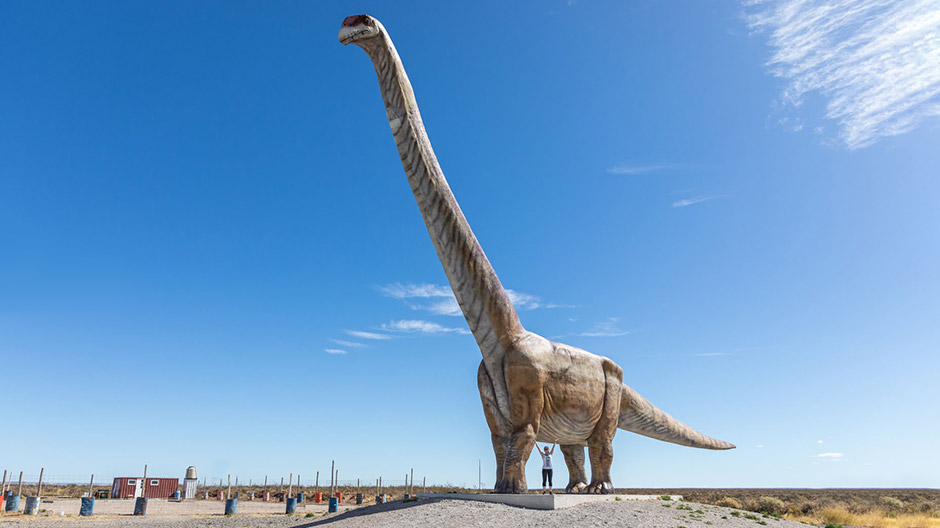
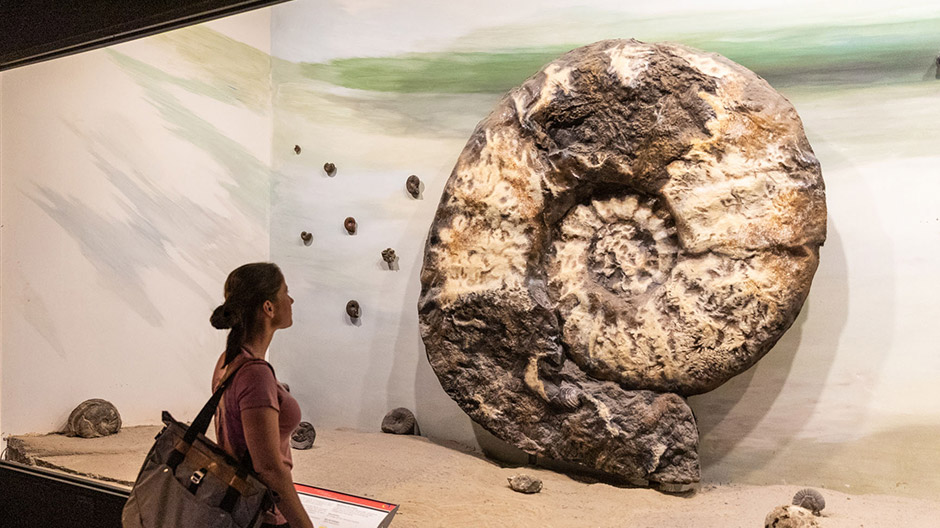
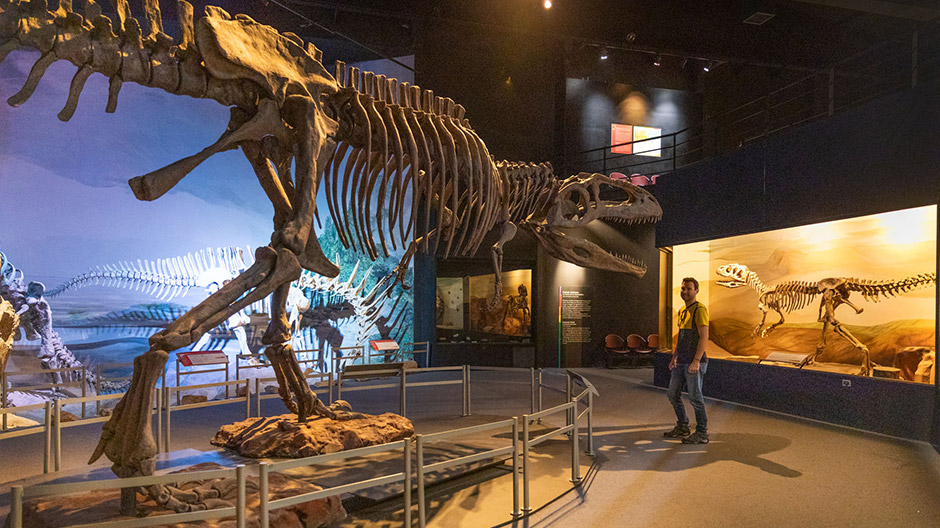
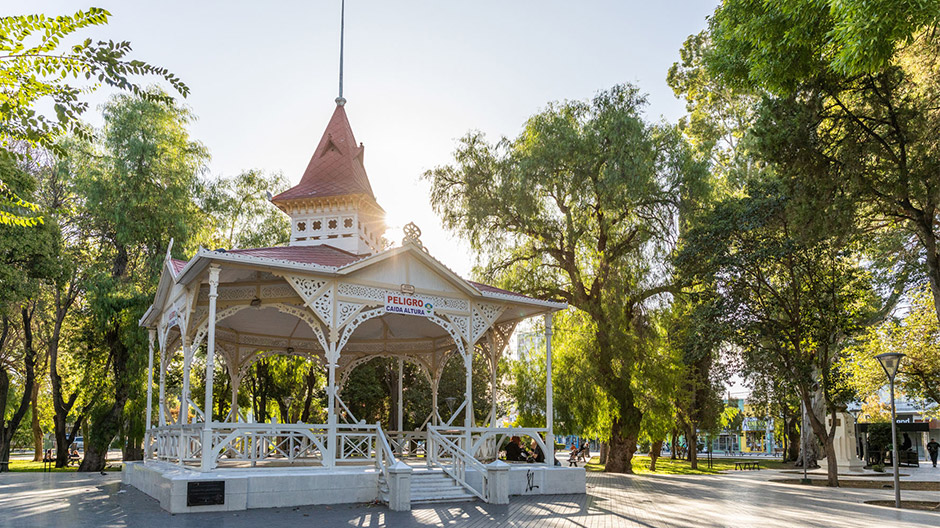
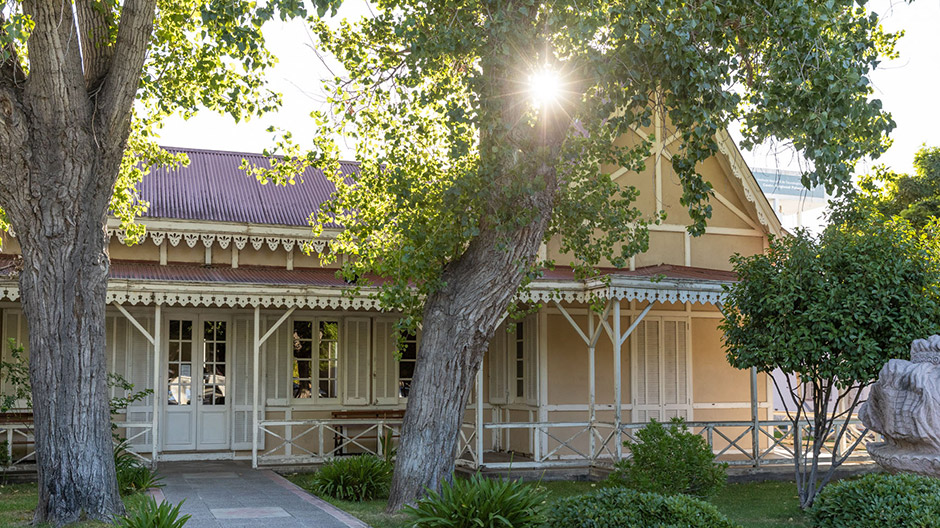
The gateway to the wilderness.
For us, Trelew is also the gateway to the wilderness. We top up our diesel, water and food reserves, then we head out on Ruta 1. Since Ruta 3 leads more or less straight down south, the old coastal road, a winding gravel road, has dwindled in importance. But for overlanders like us in the Axor, it’s much more exciting. Mike checks under the truck almost daily to check for any damage that might have occurred on one of the many long stretches of washboard road. We also keep having to adjust the tyre pressure. But Ruta 1 is worth these small inconveniences.
For example, because it leads us to Punta Tombo: The long peninsula is home to a huge – even referred to as the largest – colony of Magellanic penguins in the world. One and a half million animals live and nest here, far away from the nearest settlement. Bad experiences with people seem to be alien to the penguins. At least, they are totally relaxed.
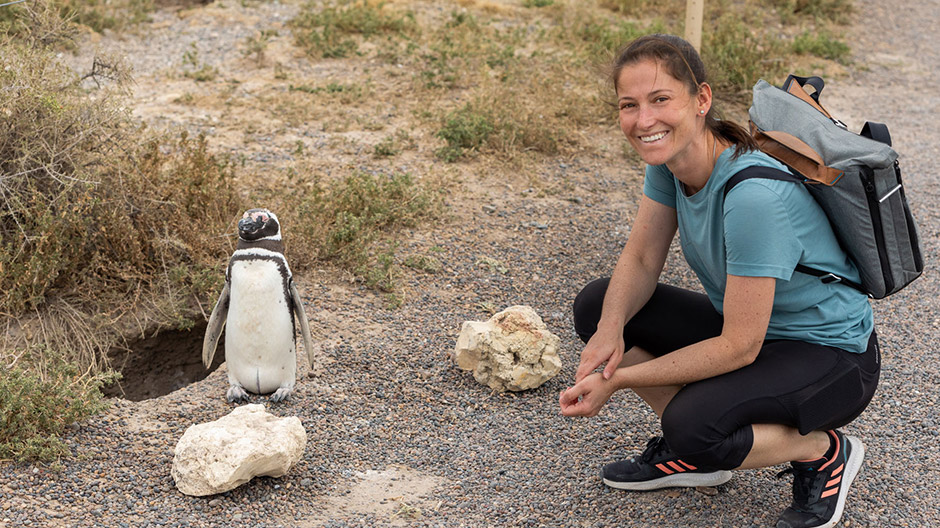
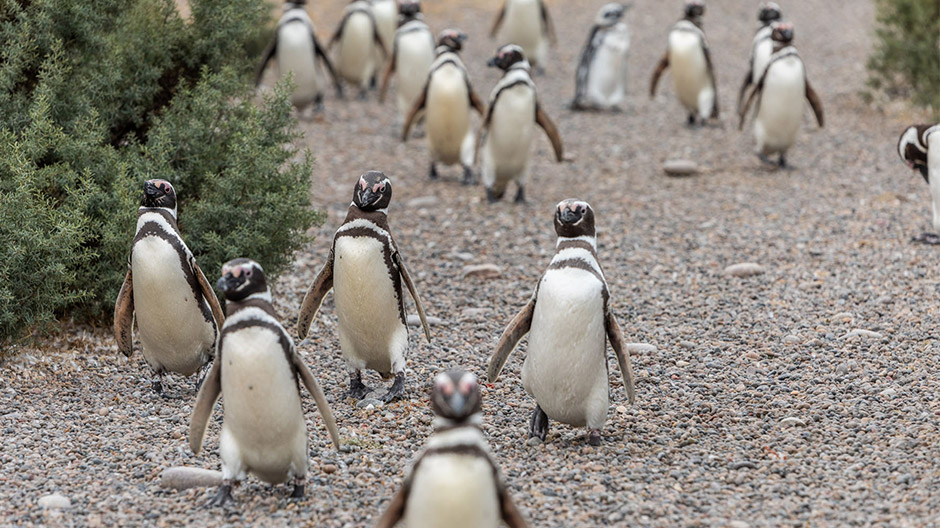
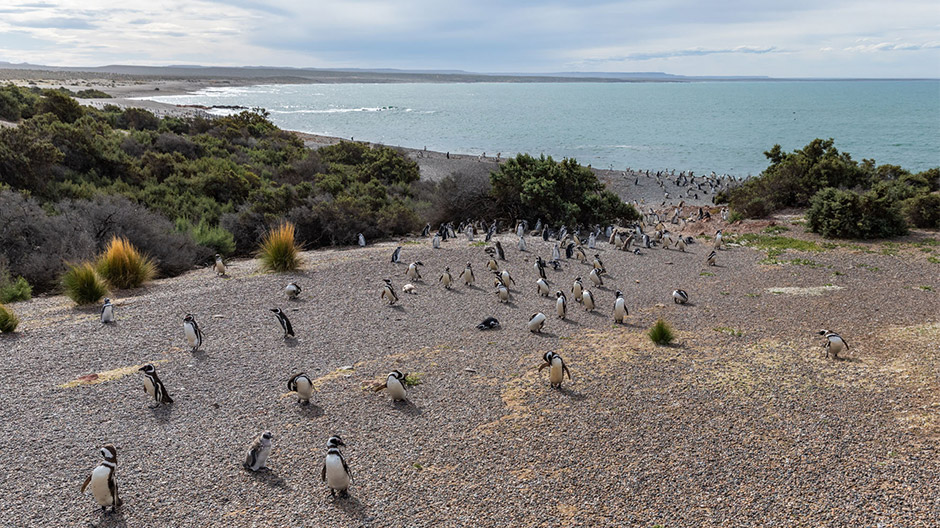
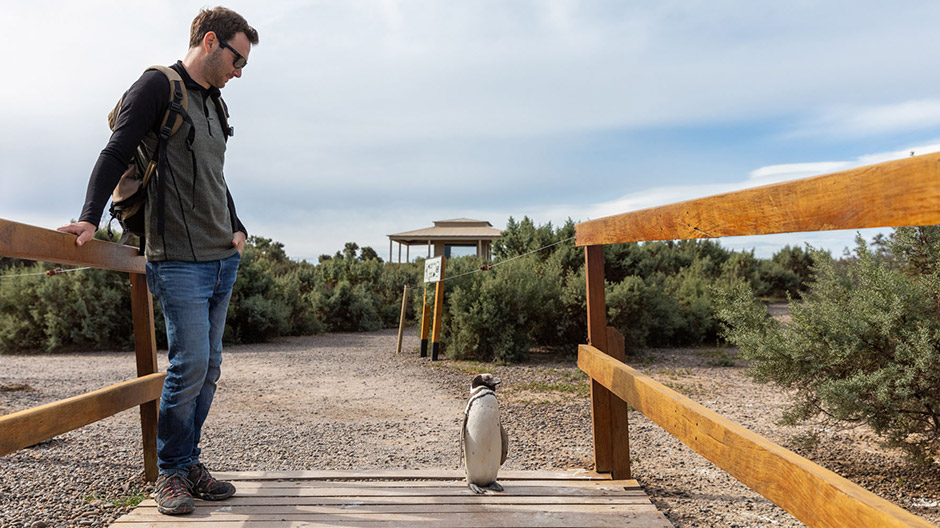
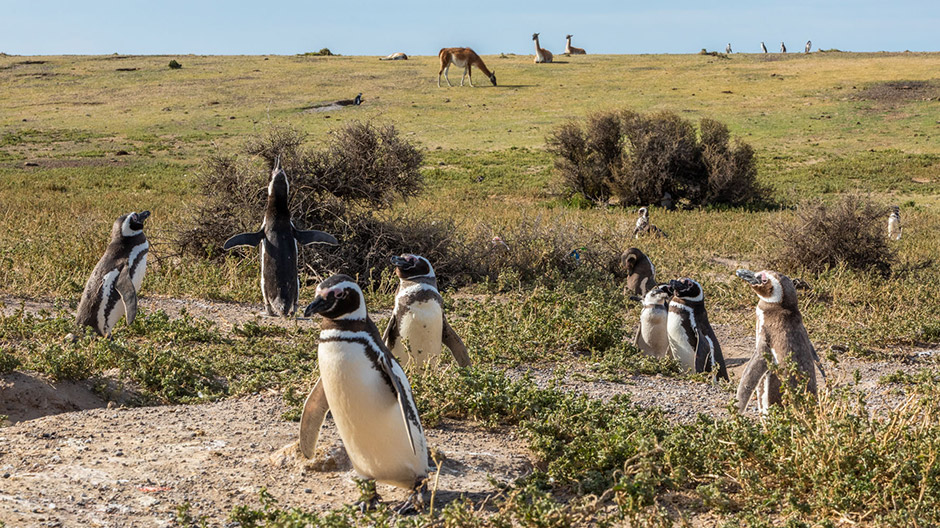
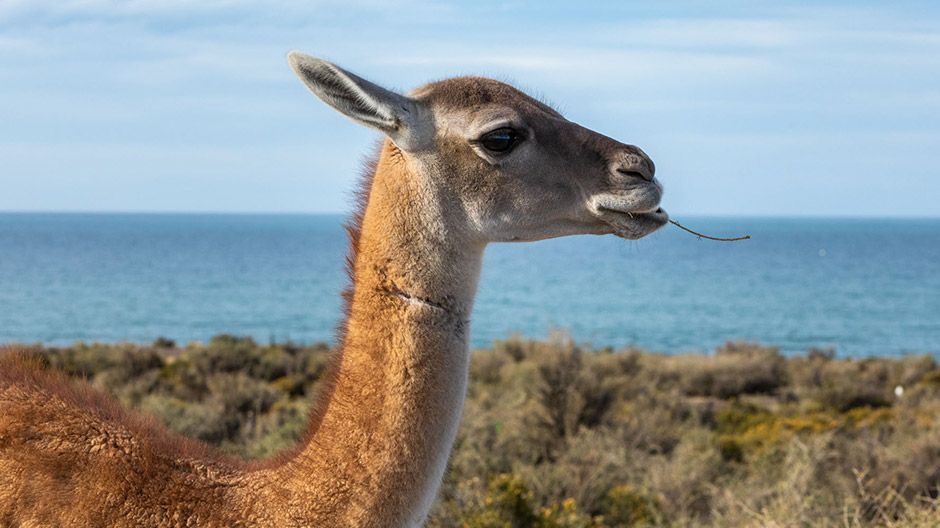
1a Neighbours: Magellanic penguins and wild guanacos.
We spend hours watching the animals waddling from the sea to the hollows in the ground or bushes that serve as nests, drying their feathers in the sun, bickering or cuddling up. Many guanacos live here in harmony with the penguins in the national park, which extends over the peninsula and the adjacent coastal landscape. Unlike their relatives, llamas and alpacas kept by humans, they roam freely on the coast, but also through steppes, forests and mountains.
Ruta 1 takes us further through a deserted landscape. We camp on the
wild coast and each night marvel at the incredible amount of stars
twinkling over us. Not only is the road rough here, the sea is, too.
Shipwrecks rusting on the beach are a frequent sight. These are the
routes on which we particularly appreciate our rolling home. Being
away from civilisation for days and experiencing nature is worth its
weight in gold.
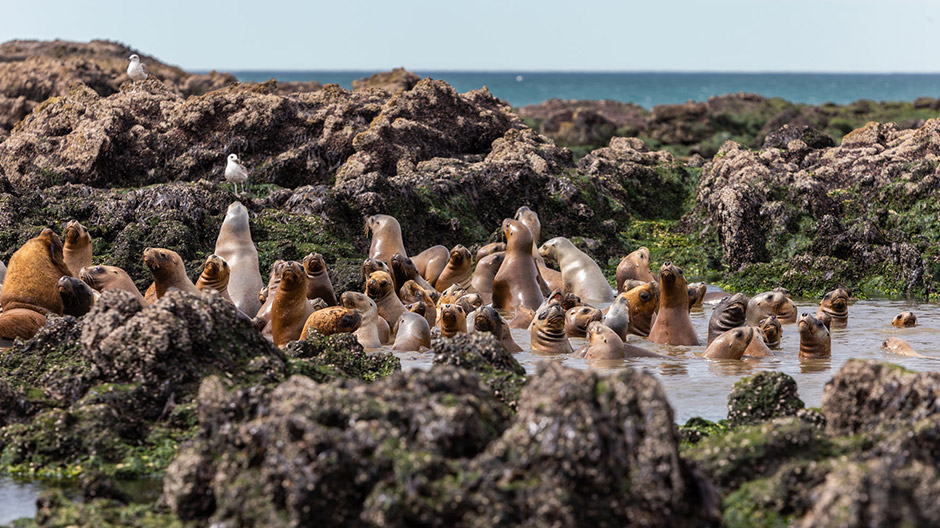
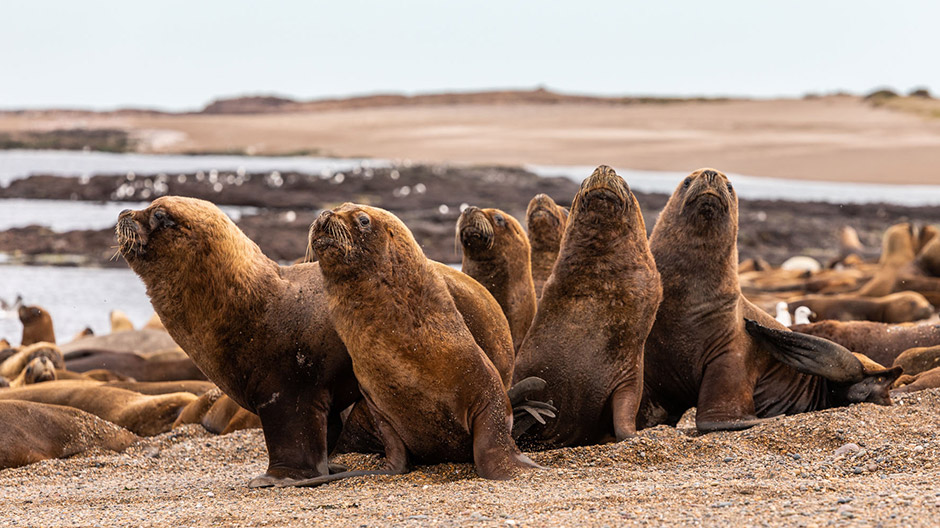
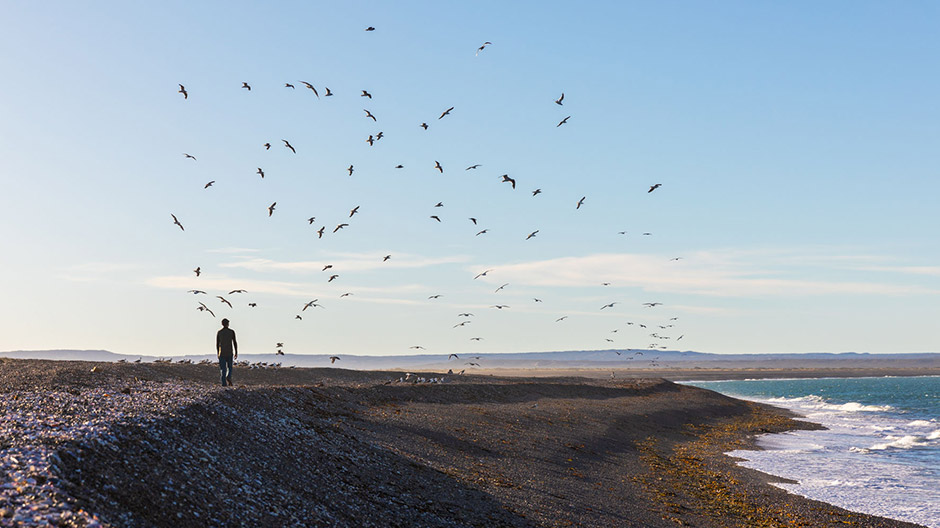
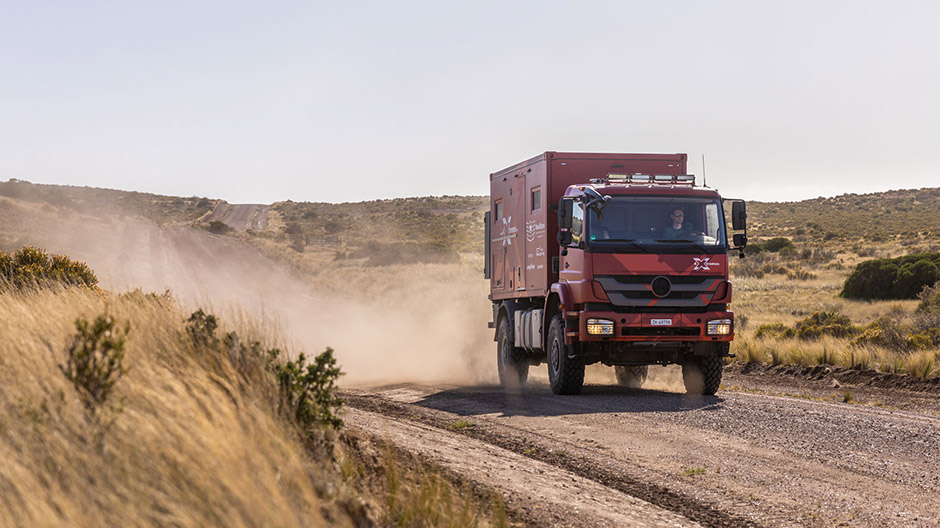
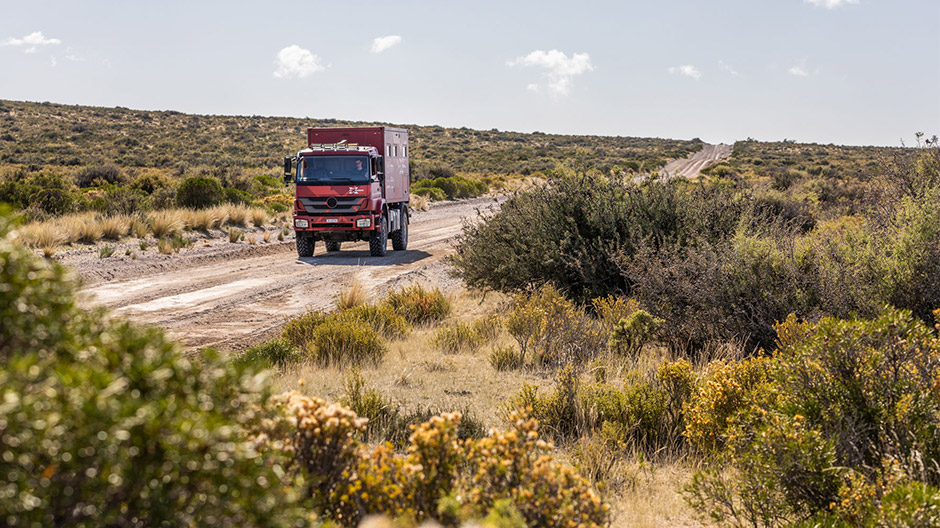
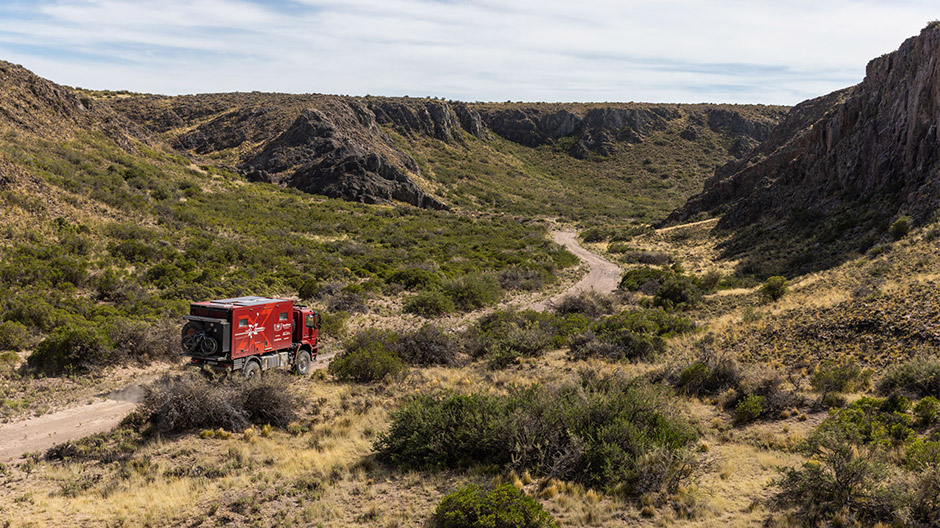
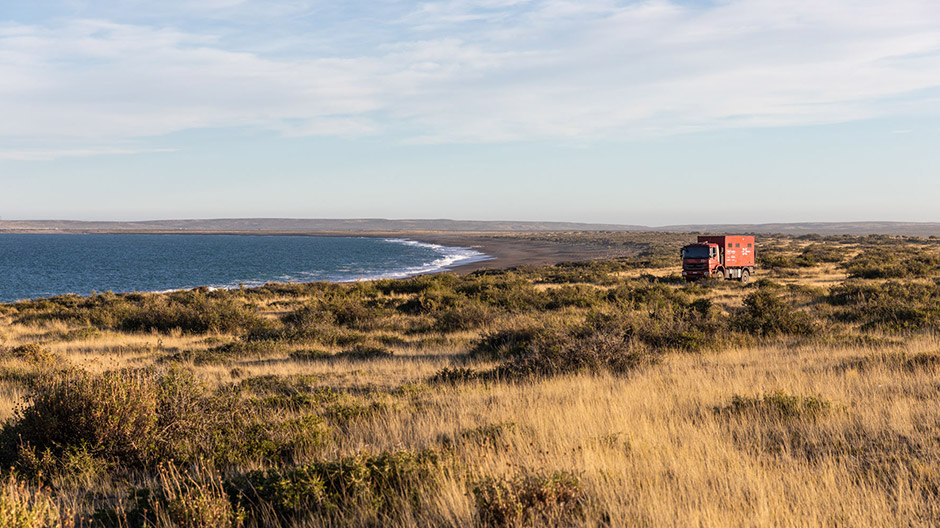
Sea lions up close.
At an estancia, a farm in the middle of the desert, we get into conversation with the owner. She shows us a spot on the map where there should be a sea lion colony. Off to the coast! The last few kilometres are on private property, which is why we take our bikes. And then we discover them. The massive animals are very shy, so we sneak up on them. Until we can observe sea lions and elephant seals from perhaps five metres away. And smell them!
We stay on the gravel road for around 400 kilometres until the old coastal road meets the paved Ruta 3 again near the village of Pampa Salamanca. We took almost a week to make this detour – and we only met three vehicles. We had no phone reception on the entire stretch. But it didn't take long before we forgot about that completely.

Necessary break with freshly baked empanadas.
From here things are moving faster again towards the “end of the world”. That's what we think until we learn that a storm with gusts of up to 110 kilometres per hour has been forecast. It’s good that we always keep an eye on the weather. We decide to spend the night in the next village at a large petrol station, offering shelter from the wind.
Driving would be unpleasant now, as the route runs across the direction of the wind. But the break comes just in time, and the village baker has fresh empanadas. And don't forget: Over the past few days, a whole load of image material was created that needs to be processed. Here are the highlights.
4-Xtremes – The World Tour.
An unparalleled journey.
Andrea and Mike Kammermann have been on tour in their Axor for three years. "4-Xtremes – The World Tour" is the motto of the journey that the two Swiss nationals embarked on in mid-2020 and which they share with the RoadStars community. Keep up to date and don't miss out on any of the stunning destinations visited by the adventurous pair.
You can find the current parts from the “4-Xtremes – The World Tour” series here.
You can find the route of the trip before the crossing to South America here.
Photos: 4-Xtremes




Comment
Please log in to post a comment.
12 comments
Weiterhin gute Reise. Heit sorg
Gruss Andi
Weiterhin gute Reise. Heit sorg
Gruss Andi
Vielen Dank, dass ihr uns quasi mitnehmt und weiter eine gute Reise!
Vielen Dank, dass ihr uns quasi mitnehmt und weiter eine gute Reise!
Argentinien seit Mega !!😍
Gruss Andreas
Argentinien seit Mega !!😍
Gruss Andreas
Wow, Top, 1A!!!!
👍👍👍👍👍👍🚚😎🙋♂️
Wow, Top, 1A!!!!
👍👍👍👍👍👍🚚😎🙋♂️
Argentinien ist wahnsinnig schön 😎
Argentinien ist wahnsinnig schön 😎